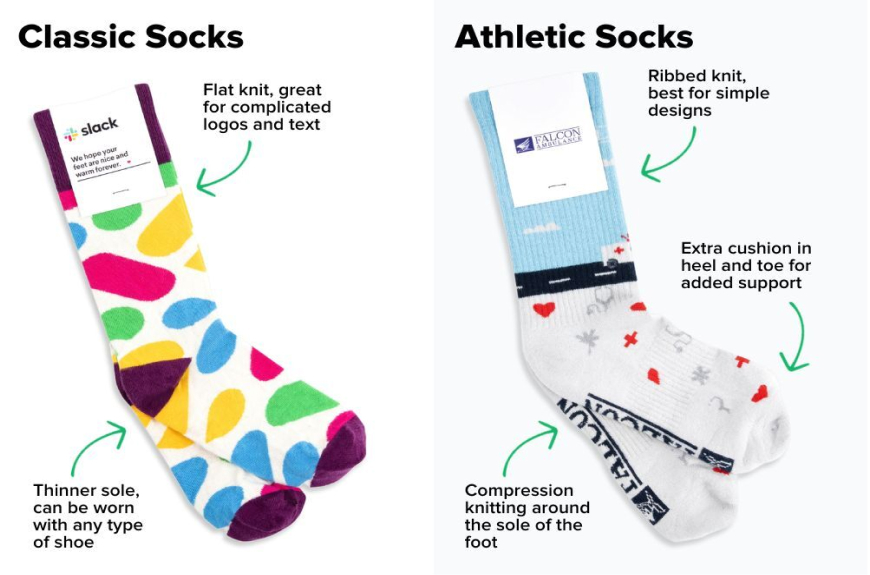When winter's chill sets in, keeping your feet warm becomes a top priority. For those who spend a lot of time outdoors or struggle with cold feet, heated insoles and heated socks are two popular options. But which one is the better choice? Let's dive into the heated insoles vs. heated socks debate and help you decide which option might be best for your needs.
Comfort and Fit
Heated insoles are designed to fit inside your existing shoes, providing warmth without altering the fit of your footwear. They're particularly beneficial for those who already have comfortable athletic socks and don't want to change their sock preferences. On the other hand, heated socks are worn like regular socks but with built-in heating elements. They can provide a snug, all-around warmth that some find more comfortable, especially if you're dealing with conditions like neuropathy.
Heat Distribution
One of the main advantages of heated socks is their ability to distribute heat around the entire foot and sometimes up the calf. This can be particularly beneficial for those who suffer from overall foot coldness. Heated insoles, however, primarily warm the bottom of the foot, which can be sufficient for many users but may not address cold toes as effectively.
Battery Life and Convenience
Heated insoles typically have larger batteries that can last longer than those in heated socks. This makes them a good choice for extended outdoor activities. Heated socks, while generally having shorter battery life, are often easier to charge and can be more convenient for everyday use.
Versatility
Heated insoles can be easily transferred between different pairs of shoes, making them a versatile option for various activities. Heated socks, while less transferable, can be worn with different types of footwear and are particularly useful for activities like skiing or hiking where you might change shoes but keep the same socks.
Durability
Generally, heated insoles tend to be more durable than heated socks. The heating elements in socks are subject to more wear and tear from washing and daily use. However, high-quality heated socks can still offer good longevity with proper care.
Moisture Management
For those with active lifestyles, moisture management is crucial. Quality athletic socks are designed to wick away sweat, and some heated socks incorporate this technology. Heated insoles, while effective at warming, may not offer the same level of moisture control.
Price Consideration
Heated insoles often come with a higher upfront cost compared to heated socks. However, their durability and transferability between shoes can make them a cost-effective choice in the long run. Heated socks, while potentially less expensive initially, may need to be replaced more frequently.
Wrapping Up
Both heated insoles and heated socks have their merits, and the best choice depends on your specific needs and preferences. If you prioritize versatility and longer battery life, heated insoles might be your go-to. For those seeking all-around foot warmth and comfort, especially in extreme cold, heated socks could be the better option. Whichever you choose, both offer innovative solutions to keep your feet toasty in cold weather conditions.


